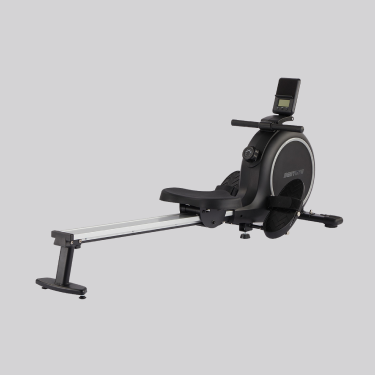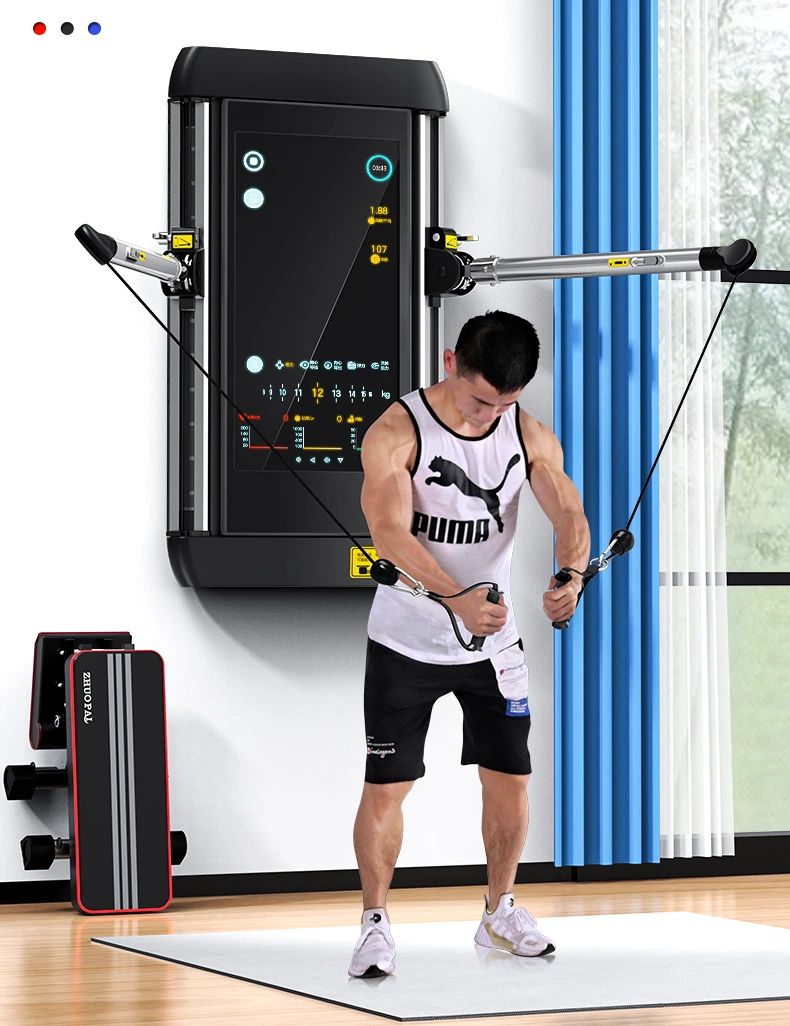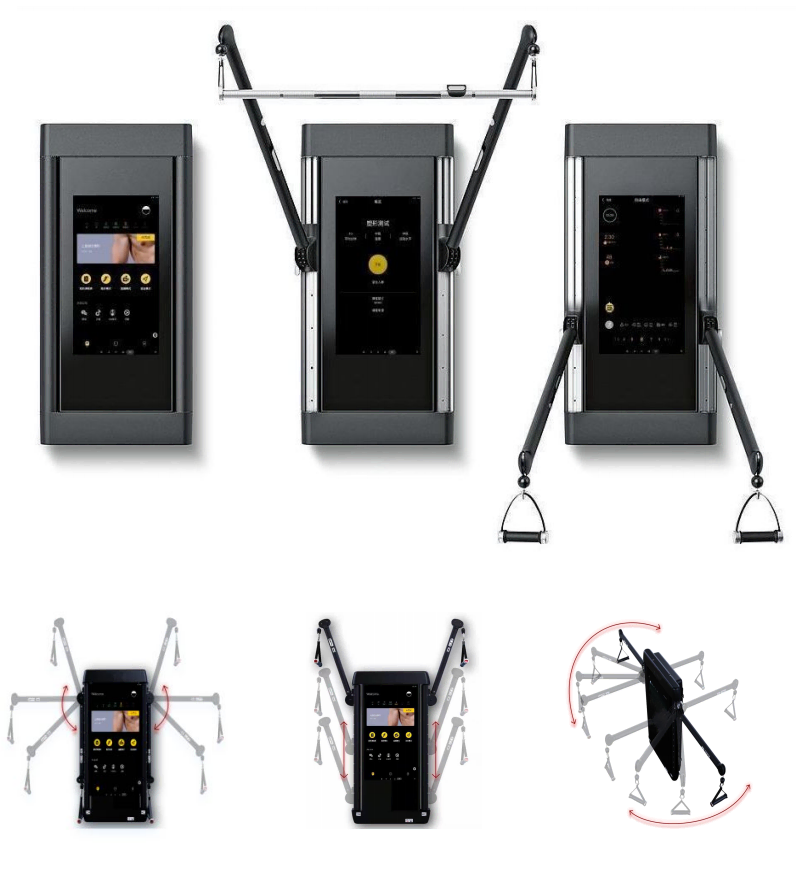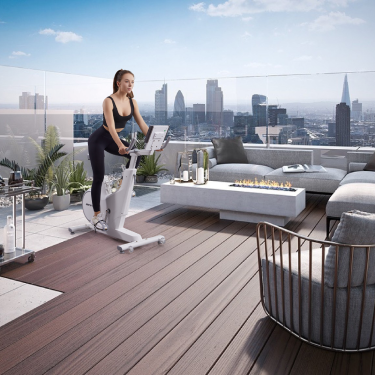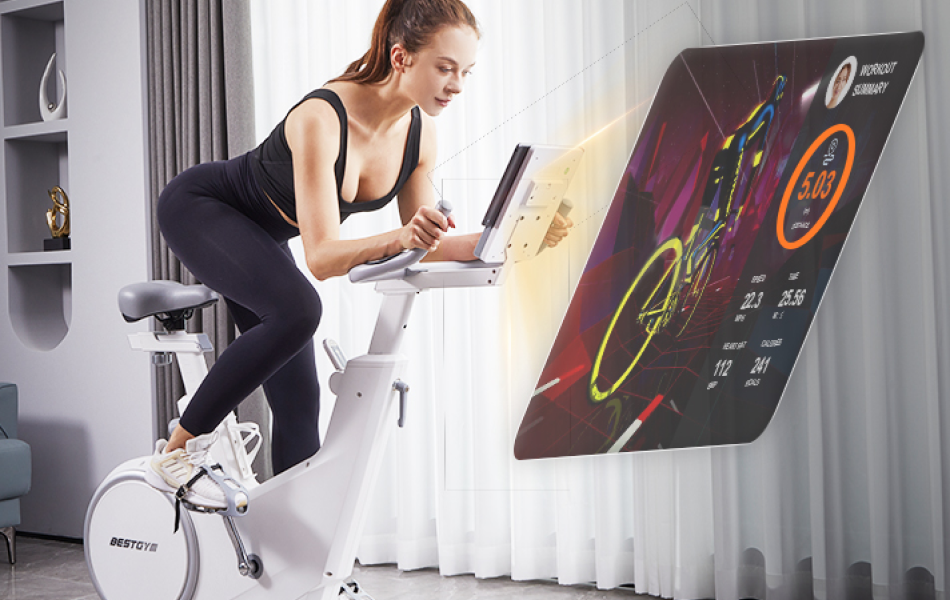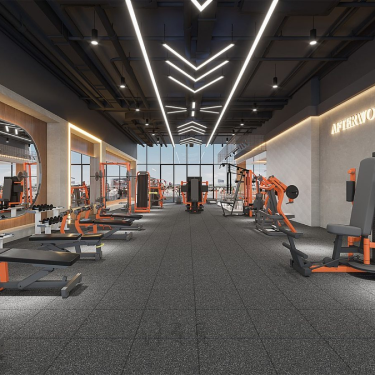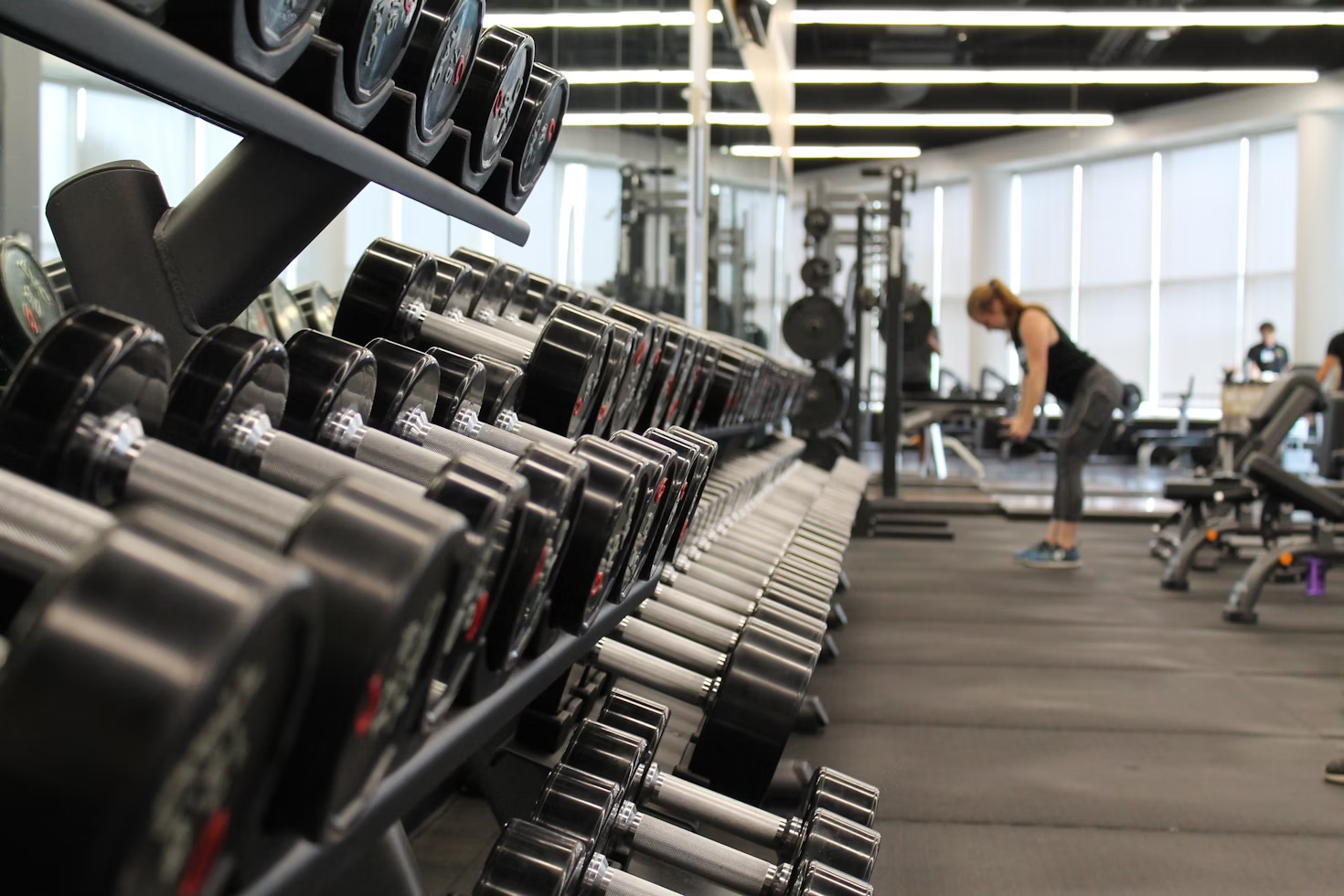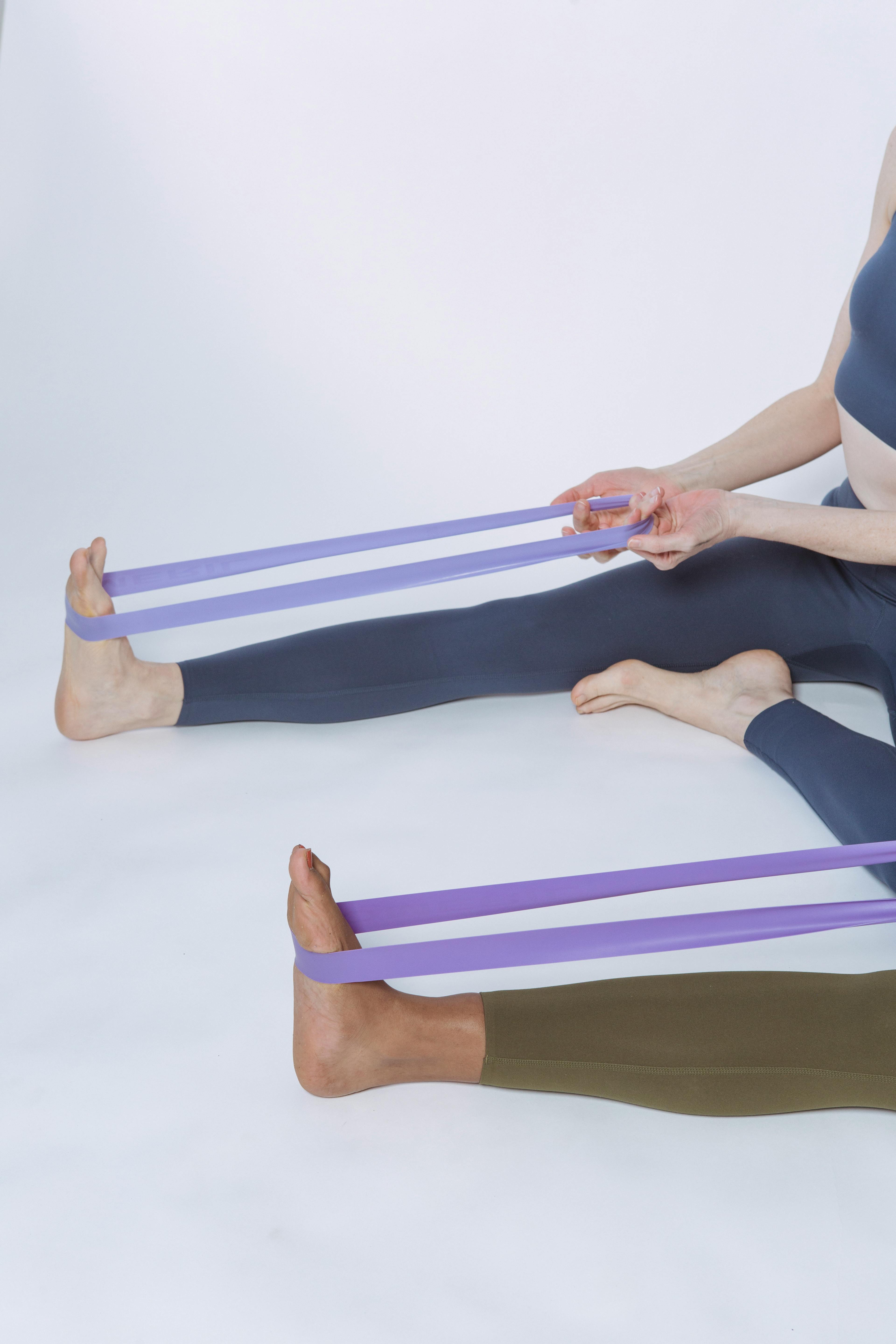How to Set Up a Home Gym on Any Budget: Affordable Solutions
Creating a home gym can be a game-changer for your fitness journey. With the convenience of working out at home, you can save time and money while staying committed to your health goals. This comprehensive guide will walk you through setting up a home gym on any budget, offering affordable solutions for every step of the process.
Top Benefits of a Home Gym: Why You Should Set Up Your Own Fitness Space
Setting up a home gym offers numerous advantages that can revolutionize your fitness routine. Imagine having the freedom to work out whenever you want, without the hassle of commuting to a crowded gym. A home gym provides unparalleled convenience, personalized workout environments, and long-term cost savings. In this part, we'll explore the top benefits of having a home gym and why it's a smart investment for your well-being. 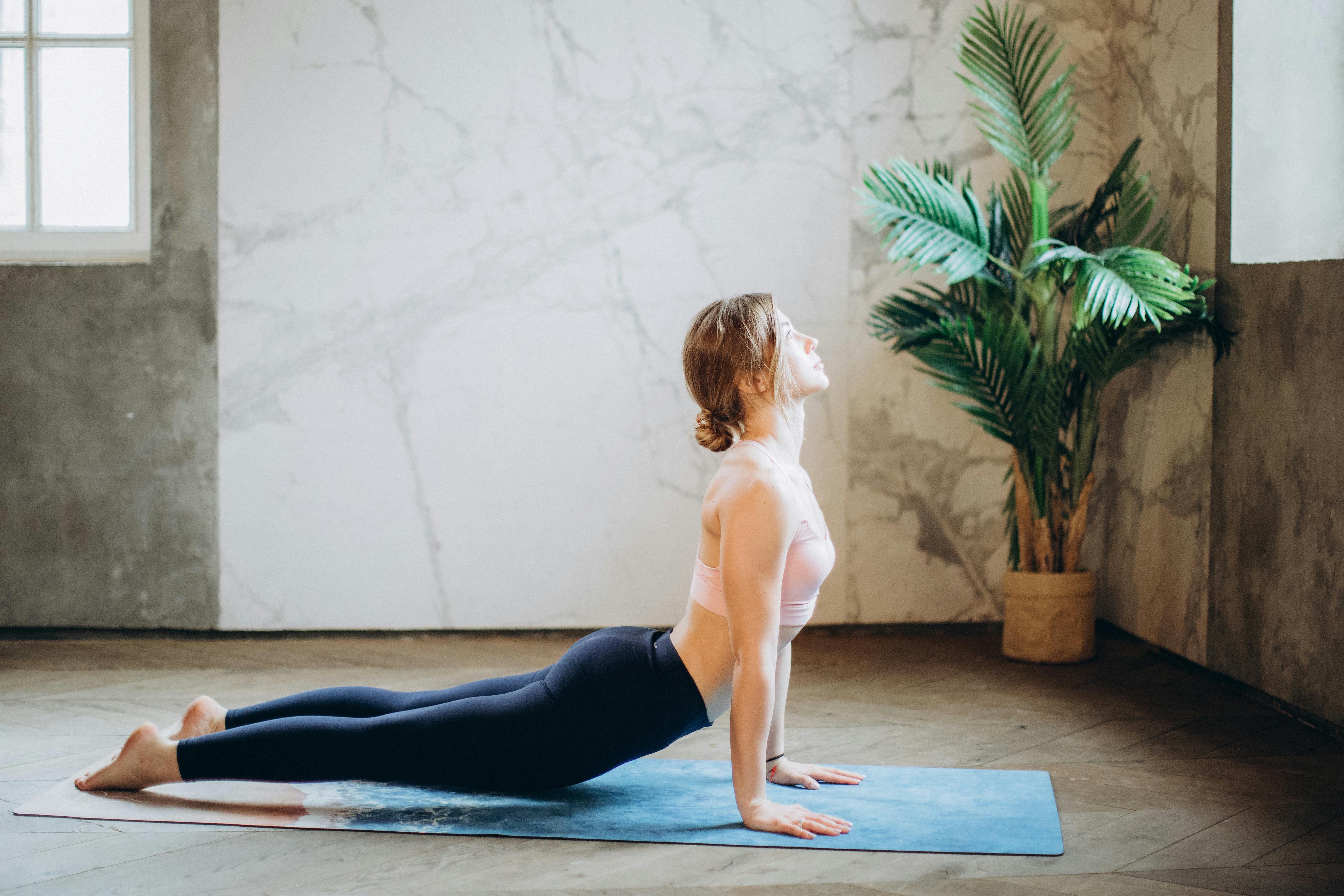
Convenience and Time Savings
One of the primary benefits of a home gym is the convenience it offers. No more commuting to the gym or waiting for equipment to become available. You can work out whenever you want, fitting exercise into your schedule with ease.
Cost Savings Over Time
While the initial investment in home gym equipment might seem significant, it can save you money in the long run. Consider the monthly fees of a gym membership, transportation costs, and other associated expenses. A well-planned home gym can pay for itself within a few years.
Personalization and Privacy
A home gym allows you to create a workout environment tailored to your preferences. Whether you enjoy listening to your favorite music or prefer a quiet space for yoga, you have complete control. Plus, working out in the privacy of your home can be more comfortable and motivating for many people.
How to Set Up a Home Gym? 6 Essential Tips
Creating a home gym can be a transformative step toward achieving your fitness goals, offering convenience, flexibility, and a personalized workout environment. This guide provides essential tips to help you design a functional and motivating workout area. From selecting the right equipment to optimizing your space, we'll cover everything you need to know to set up a home gym that meets your needs and keeps you motivated on your fitness journey.
1. Assessing Your Space and Needs
Before diving into the world of home gym equipment, it's crucial to evaluate the space you have available and understand your fitness goals. Additionally, defining your fitness objectives will guide your equipment choices, ensuring that your home gym is tailored to your specific needs.
Evaluating Available Space
The first step in setting up a home gym is evaluating the space you have available. Whether it's a spare room, basement, garage, or even a corner of your living room, almost any space can be transformed into a workout area. Measure the dimensions and take note of any obstructions, such as low ceilings or pillars.
Determining Your Fitness Goals
Your fitness goals will influence the type of equipment you need. Are you focused on weight loss, building muscle, improving cardiovascular health, or increasing flexibility? Understanding your goals will help you choose the right equipment and avoid unnecessary purchases.
Budget Considerations
Establish a budget for your home gym project. Be realistic about what you can afford and prioritize essential equipment. Remember that you can start small and gradually add more equipment over time as your budget allows.
2. Essential Home Gym Equipment on a Budget
Setting up a home gym doesn't have to break the bank. By focusing on versatile, multi-functional equipment, you can create an effective workout space without overspending. Prioritize essentials like dumbbells, resistance bands, and a jump rope to cover a wide range of exercises. This section will highlight affordable yet effective equipment options to help you get the most out of your home gym setup.
Cardio Equipment
Cardio exercises are crucial for overall fitness and weight loss. Fortunately, there are affordable options that don't require a significant investment. You can achieve an effective workout with a professional exercise bike without exceeding your budget.
Jump Rope
A jump rope is one of the most cost-effective and efficient cardio tools. It's excellent for improving cardiovascular health, coordination, and endurance. Plus, it requires minimal space and can be easily stored when not in use.
Resistance Bands
Resistance bands are versatile and inexpensive. They can be used for various exercises targeting different muscle groups, making them ideal for strength training and rehabilitation.
Dumbbells
Adjustable dumbbells can save space and money. They allow you to increase resistance as you progress, making them a long-term investment for your home gym.
3. Creating a Functional Workout Area
A well-organized workout area is key to maintaining a consistent exercise routine. Ensuring that your gym space is functional, safe, and motivating can make a significant difference in your fitness journey. Consider elements like flooring, storage solutions, and proper lighting to enhance your workout experience. This section will provide tips on optimizing your space to create an inviting and efficient home gym environment.
Flooring Options
Proper flooring is essential for safety and comfort. Consider affordable options like foam tiles, which provide cushioning and protect your floors. They are easy to install and can be customized to fit any space.
Storage Solutions
Keeping your gym organized is crucial, especially in smaller spaces. Invest in storage solutions like racks, shelves, or bins to keep your equipment tidy and accessible. Wall-mounted options can save floor space and make your gym look more professional.
Lighting and Ventilation
Good lighting and ventilation can enhance your workout experience. Ensure your space is well-lit to avoid accidents and improve your mood. If possible, set up your gym in an area with natural light. Proper ventilation is also essential to keep the air fresh and cool during workouts.
4. DIY and Second-Hand Equipment
Building a home gym doesn't require brand-new, high-end equipment. DIY projects and second-hand finds can be cost-effective alternatives that still offer great functionality. From constructing your own weight racks to finding bargains on used machines, there are numerous ways to save money. This section will explore creative solutions for acquiring and building gym equipment on a budget.
DIY Equipment Projects
If you're handy, consider building some of your equipment. There are numerous online resources and tutorials for creating items like weight racks, plyometric boxes, and pull-up bars. DIY projects can be a fun and cost-effective way to customize your home gym.
Buying Used Equipment
Second-hand equipment can be a great way to save money. Check online marketplaces, garage sales, and thrift stores for deals on quality items. Inspect used equipment carefully to ensure it's in good condition and safe to use.
Refinishing and Repurposing
You can also repurpose household items for gym use. For example, sturdy chairs can be used for step-ups or tricep dips, and a large towel can substitute for a yoga mat. Be creative and resourceful to stretch your budget further.
5. Creating a Workout Routine at Home
Consistency is crucial for achieving fitness goals, and having a structured workout routine can help maintain discipline. Establishing a schedule that fits your lifestyle and utilizing online resources for guided workouts can keep you on track. This section will discuss how to create an effective home workout routine that aligns with your fitness objectives and keeps you motivated.
Setting a Schedule
A consistent workout routine is key to achieving your fitness goals. Set a schedule that fits your lifestyle and stick to it. Having a dedicated workout time helps build discipline and ensures you make exercise a priority.
Finding Online Resources
There are countless free resources available online to guide your workouts. From YouTube fitness channels to free apps and online communities, you can find workout plans, instructional videos, and motivational content to keep you on track.
Tracking Your Progress
Keep track of your progress to stay motivated and make necessary adjustments. Use a fitness journal, app, or simple spreadsheet to log your workouts, monitor improvements, and celebrate milestones.
6. Maintaining Motivation and Consistency
Staying motivated can be challenging, especially when working out at home. Setting realistic goals, varying your exercises, and engaging with a support system can help sustain your enthusiasm. This section will offer strategies for maintaining motivation and consistency in your home workouts, ensuring long-term success and continuous progress in your fitness journey.
Setting Realistic Goals
Setting realistic and achievable goals is crucial for maintaining motivation. Break down your larger fitness goals into smaller, manageable milestones. Celebrate each achievement to stay motivated and inspired.
Creating a Support System
Having a support system can make a significant difference in your fitness journey. Share your goals with family and friends, or join online fitness communities. Surrounding yourself with supportive people can provide encouragement and accountability.
Keeping Workouts Interesting
Variety is key to staying motivated. Mix up your workouts to keep things interesting and prevent boredom. Try new exercises, change your routine, and incorporate different types of workouts to challenge your body and mind.
Best Exercise Equipment for Effective Weight Loss: Expert Recommendations
Setting up a home gym with the right equipment can significantly enhance your weight loss journey. Choosing exercise equipment that maximizes calorie burn and supports your fitness goals is essential. Here are expert recommendations on the best exercise equipment for effective weight loss: 
1. Treadmill: A staple for any home gym, treadmills are excellent for cardiovascular workouts. They allow you to walk, jog, or run, helping you burn calories efficiently.
2. Elliptical Trainer: This low-impact machine offers a full-body workout, making it ideal for burning calories without putting stress on your joints.
3. Stationary Bike: Perfect for high-intensity interval training (HIIT), stationary bikes provide a great cardiovascular workout and can help you shed pounds quickly. Using a magnetic stationary bike can significantly aid in weight loss efforts.
4. Rowing Machine: Rowing machines engage multiple muscle groups, offering a comprehensive workout that boosts metabolism and aids in weight loss.
5. Jump Rope: An affordable and effective tool, jumping rope can burn a significant number of calories in a short period, enhancing cardiovascular health and weight loss.
Best Affordable Home Gym Equipment for Small Spaces
Creating an effective home gym in a small space requires careful selection of compact and versatile equipment. Investing in affordable, multi-functional items can help you maximize your workout area. Here are some of the best affordable home gym equipment options for small spaces:
1. Resistance Bands: Lightweight and versatile, resistance bands can be used for a wide range of exercises targeting different muscle groups. They take up minimal space and are easy to store.
2. Adjustable Dumbbells: These space-saving weights allow you to adjust the load, eliminating the need for multiple sets of dumbbells. They are ideal for strength training in a compact area.
3. Foldable Treadmill: A foldable treadmill can be stored away when not in use, making it a great option for small spaces. Look for models that offer a good balance of features and affordability.
4. Yoga Mat: Essential for floor exercises, stretching, and yoga, a high-quality yoga mat can enhance your workout comfort. It can be easily rolled up and stored when not in use.
5. Doorway Pull-Up Bar: This piece of equipment can be mounted in a doorway and used for pull-ups and other upper body exercises. It's a space-efficient way to build upper body strength.
Home Rowing Machines: Which One is Best for You?
Adding a rowing machine to your home gym can provide a full-body workout, helping you achieve your fitness goals. With various options available, it's important to choose the right rowing machine that fits your needs and space. Here's a guide to help you decide which home rowing machine is best for you:
1. Water Rowers: Mimicking the natural feel of rowing on water, these machines offer a smooth and quiet workout. They are ideal for those seeking an authentic rowing experience.
2. Air Rowers: Known for their dynamic resistance, air rowers adjust to your rowing intensity. They are suitable for both beginners and advanced users.
3. Magnetic Rowers: These rowers provide a quiet and smooth workout, with adjustable resistance levels. They are perfect for home gyms where noise might be a concern. Using a magnetic rowing machine is an effective way to achieve a full-body workout while improving cardiovascular health.
4. Hydraulic Rowers: Compact and often more affordable, hydraulic rowers are great for small spaces. They offer a good workout but might lack the smoothness of other types.
5. Smart Rowers: Equipped with advanced technology, smart rowers connect to fitness apps and offer interactive workouts, making your rowing sessions more engaging.
Conclusion: Achieving Fitness at Home on Any Budget
Setting up a home gym on a budget is entirely possible with careful planning and creativity. By assessing your space and needs, investing in essential equipment, and utilizing DIY and second-hand options, you can create a functional and motivating workout environment. With dedication and consistency, your home gym can become a cornerstone of your fitness journey, helping you achieve your health goals without breaking the bank.


